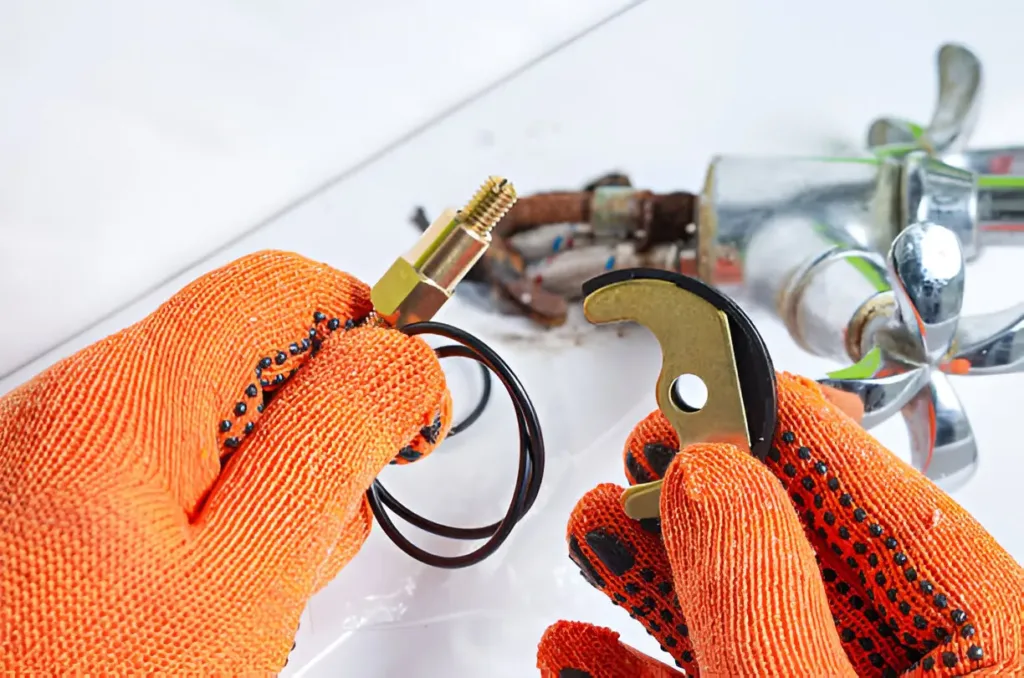Home electrical projects can be an exciting way to improve your living space and add functionality, but they also come with significant safety risks. Whether you’re replacing light fixtures, adding new outlets, or rewiring a room, understanding proper procedures and safety guidelines is essential. Here’s a guide to help you navigate the complexities of DIY electrical installations while keeping safety a priority.
Planning Your Project
The first step in any successful home electrical project is careful planning. Assess your current electrical setup and identify the scope of your project. Are you installing new outlets, upgrading your lighting, or rewiring an entire room? Make a clear list of materials, equipment, and tools you’ll need.
During the planning phase, it’s important to consider:
- Load Requirements: Calculate the electrical load for each circuit. Overloading a circuit can cause breaker trips and may damage your devices or lead to a fire. Be sure to distribute the load evenly across circuits.
- Future-Proofing: If you’re upgrading or adding circuits, think about potential future needs. Consider adding extra outlets or planning for future appliances to avoid having to redo work later on.
Essential Tools and Materials
Having the right tools and materials is critical for both efficiency and safety. Only purchase your materials from expert retailers like powerpointelectrics.co.uk. Some essential items include:
- Voltage Tester: This is crucial for ensuring the circuit you’re working on is dead before you start.
- Wire Strippers: For safely removing the insulation from electrical wires.
- Circuit Breakers: If you’re adding new circuits, you’ll likely need additional breakers to handle the load.
- Wire Nuts and Electrical Tape: For secure connections and insulation.
Always use high-quality, certified materials that meet safety codes. Avoid using outdated wiring or recycled parts that could pose a safety hazard.
Turn Off the Power
Before beginning any work, always turn off the power to the area where you’ll be working. This is non-negotiable. Turn off the circuit breaker corresponding to the project area and verify with a voltage tester to ensure no electricity is flowing through the wires. This simple step can prevent electrical shock and potential injury.
Following Building Codes
Adhering to local electrical codes is a must for any DIY electrical project. These codes exist to ensure your installation is safe and in compliance with established safety standards. Some essential code-related considerations include:
- GFCI Outlets: Ground fault circuit interrupter (GFCI) outlets are mandatory in areas where water is present, such as kitchens, bathrooms, and outdoor spaces. These outlets automatically shut off power if they detect an electrical fault, preventing shocks.
- Proper Wiring Techniques: Ensure all wires are securely fastened, connections are tight, and wires are not pinched or exposed. All junction boxes should have covers for protection.
Grounding the System
Proper grounding is essential to protect your home’s electrical system and prevent electrical shocks. Ground wires direct any stray electrical current safely into the earth. When installing new circuits or outlets, always make sure each connection is grounded. Failure to properly ground your system can result in electrical malfunctions and pose serious safety risks.
Working with Circuit Breakers
If your project involves installing new circuits, you’ll likely need to work with the main electrical panel. Always handle this with caution. Ensure that the panel cover is securely removed and that only the breaker you’re working on is turned off. If you’re not comfortable with this task, it’s best to consult a licensed electrician.
When adding new circuits, make sure to:
- Use the correct size and rating for the breaker.
- Label new breakers clearly in the panel to avoid confusion in the future.
Label Your Work
Whenever you install a new circuit, outlet, or switch, label the circuit breaker in your panel for easy identification in the future. This will save time and ensure safety when performing future electrical work.
When to Call a Professional
While many smaller projects can be completed by a competent DIYer, there are situations where calling a licensed electrician is the safest option. If you’re upgrading the service panel, working with high-voltage circuits, or installing complex wiring systems, professional help ensures the job is done correctly and safely.
Taking on home electrical installations yourself can be a rewarding way to personalize your space and save money, but safety must always come first. By following these guidelines, you can complete your project efficiently while minimizing risk. For complex jobs, don’t hesitate to bring in a professional to ensure your home’s electrical system remains safe and functional for years to come.
Also Read- Common Mistakes to Avoid When Building a Simple House
